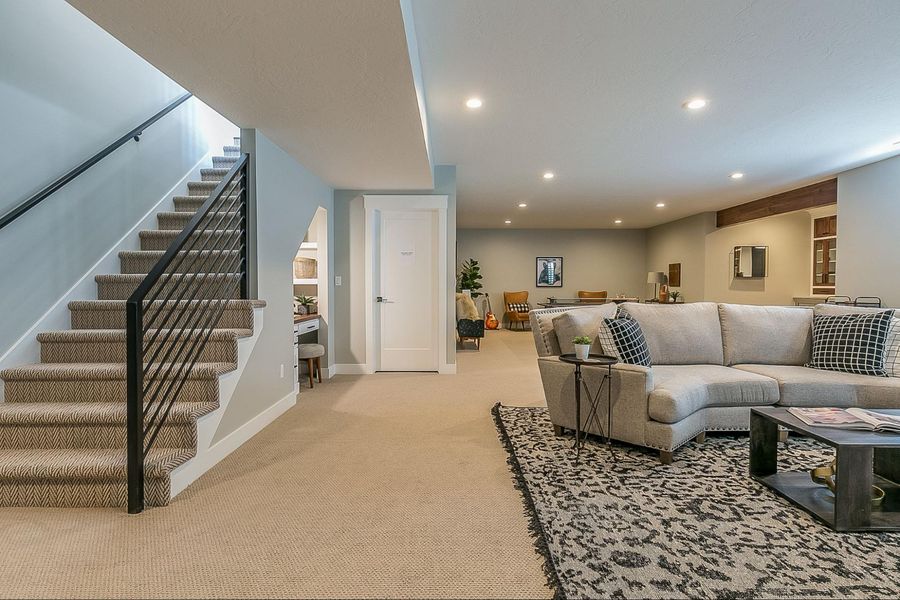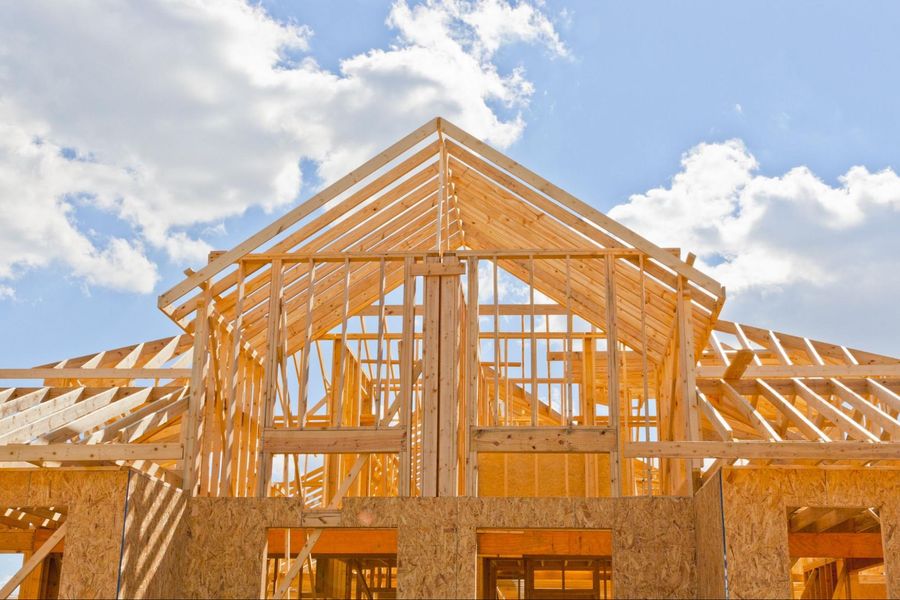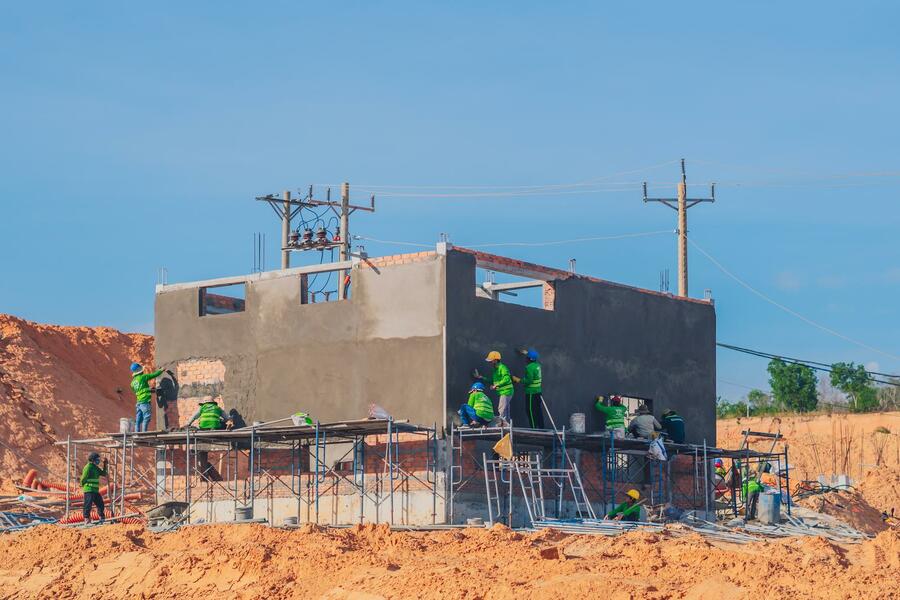The popular adage, “If you build it, they will come,” no longer seems to apply to the residential construction industry these days.
High interest rates, hikes in the cost of materials and labour, ridiculous red tape and bureaucracy, along with steep taxes, fees, levies and development charges, are making it increasingly difficult for the average working person in many communities to afford a new home.
There is no point in building homes whose price tag is beyond the reach of most buyers. To be successful, builders must have some sort of return on their investment. Some are presently finishing up housing projects at a loss but are doing so because their word is their bond.
There aren’t a lot of new projects in the pipeline. The new home market has cratered. The cost of building is too high. The industry – and the consumers who purchase new homes – are in dire need of help.
According to the Canada Mortgage and Housing Corporation, we need 5.8 million homes built over the next six years to restore affordability to the market. But we are nowhere near that. In 2023, there were 240,267 housing starts, down from 261,849 in 2022 and 271,198 in 2021.
Charges hurting first-time buyers
It is most difficult for those entering the market for the first time. The average home in Canada now costs $741,000 and the minimum income required to qualify for a mortgage is $195,000. A Canadian family earning the median household income of $79,876 can only afford a $315,000 home.
While our interest rates are essentially determined by what the Federal Reserve does in the U.S., governments here do control the approvals process and set the taxes, fees, levies and development charges which now account for a whopping 31 per cent of the cost of a new home.
As development charges go up, so does the price of housing. In some municipalities, development charges have increased as much as 900 per cent in less than 20 years. A start would be to reduce development charges by changing the way cities pay for water and sewer connections.
Presently, municipalities pay for water and sewage systems by relying heavily on development charges that are assessed on new homes. This cost ends up being paid by new home buyers.
There is a much better plan
A better plan would be to take these systems out of the hands of municipalities and placed with an independent municipal services corporation, or MSC. The agency would oversee management and costs of water and sewage systems instead of municipalities, amortize the debt and pay it off over a number of years via usage charges to all ratepayers instead of just new home buyers.
We would therefore pay for water and sewer service much the same way we pay for electricity and gas.
It would be a better system. But don’t just take my word for it.
The Ontario Housing Affordability Task Force saw the merits in such a plan. The group recommended that an MSC utility model for water and wastewater infrastructure be established in place of development charges. The idea was also backed by the Task Force on Housing and Climate and the Ontario Real Estate Association. It’s an entirely logical way to go.
Entire communities benefit from new water and sewer infrastructure – not just consumers who buy new homes – so all ratepayers should foot the bill.
We must pick up the pace of home building
To build enough homes to keep up with the need, we must seek innovative ways to reduce costs, especially for first-time buyers. We also need to speed up the pace of approvals and cut down on regulatory hurdles, as it takes too long to get shovels in the ground on a housing project.
In Toronto, for example, it takes 908 days for site plan approval and 713 days for a zoning bylaw decision. It took on average 32 months to get an approval in 2022, up from 21 months two years earlier.
Last year, a study indicated that delays in approvals add between eight and 14 per cent in additional construction-related costs annually, amounting to between $9 and $19 per square foot.
The Canadian Centre for Economic Analysis indicated in a recent report that housing unaffordability has substantial implications for the economy and well-being of people. A second report by the organization revealed there’s considerable upside to reducing the cost of housing.
Eliminating unaffordability across the entire Canadian economy would result in a $22-billion annual increase in GDP, 189,000 additional jobs, and $5 billion in tax revenues, according to the report.
Unfortunately, when it comes to the housing crisis, we are proceeding at a glacial pace. We need to pick it up big time.
Richard Lyall is president of the Residential Construction Council of Ontario (RESCON). He has represented the building industry in Ontario since 1991. Contact him at media@rescon.com.









